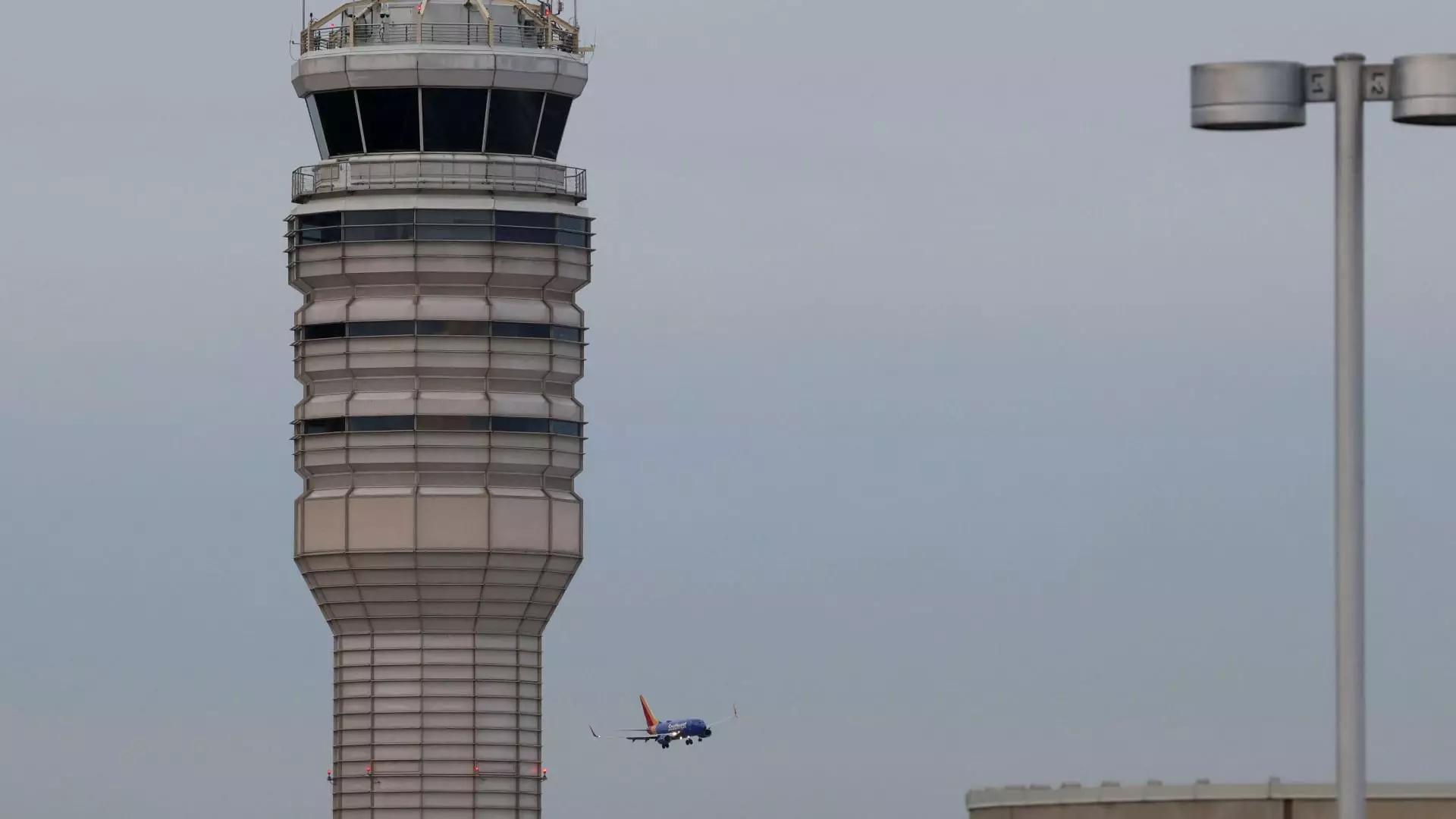In a decisive move aimed at enhancing aviation safety, the Federal Aviation Administration (FAA) has implemented new restrictions on helicopter operations in the vicinity of Ronald Reagan Washington National Airport. This comes in response to a devastating incident earlier this week where a Black Hawk helicopter collided with an American Airlines jet, resulting in the deaths of all passengers aboard both aircraft. Transportation Secretary Sean Duffy emphasized that these measures are crucial for restoring public confidence in the aviation system.
The newly designated restricted area encompasses significant portions of airspace around the National Airport, specifically from the Memorial Bridge to South Capitol Street Bridge, omitting the Tidal Basin, and stretching from Haines Point to Wilson Bridge. The intention behind this regulation is to prevent future accidents by clearly delineating air traffic zones for helicopters, which usually operate within defined tracks as they navigate the busy airspace of the capital.
The tragic collision occurred shortly before an American Eagle Flight 5342 was scheduled to land at the airport. The regional jet, which was approaching at an altitude of approximately 300 feet, struck the military helicopter with fatal consequences—none of the 64 passengers on the plane or the three crew members aboard the helicopter survived. This heartbreaking event marks a significant moment in aviation history, being the first fatal commercial airline accident in the United States in more than fifteen years, a stark reminder of the dangers inherent in air travel.
As investigations continue, officials from the National Transportation Safety Board (NTSB) are meticulously examining critical factors surrounding the crash. These include the altitude at which both aircraft were operating, the personnel involved, and the nature of communications exchanged with air traffic control. NTSB member Todd Inman remarked on the operational protocols of helicopters in Washington D.C., indicating that the Black Hawk was transitioning between designated flight tracks—reinforcing the notion of a regulated airspace structure that, ideally, should prevent such catastrophic errors.
American Airlines CEO Robert Isom publicly expressed his gratitude for the prompt action taken to mitigate the risks associated with helicopter operations near the airport. He recognized the importance of leadership at all levels of government in safeguarding the aviation industry. The airline has committed to cooperating fully with investigators, hoping to uncover why the military helicopter entered the path of a commercial airliner during a critical landing phase.
The recent air collision serves as a grave reminder of the importance of safety protocols within aviation and the need for ongoing vigilance in air traffic management. While immediate actions have been taken to restrict helicopter traffic around Reagan National Airport, it is essential that all stakeholders—government bodies, aviation companies, and the military—collaborate to prevent future accidents. As the aviation community processes this tragedy, the hope is for a renewed commitment to safety that ensures the well-being of all passengers and crews in the skies.


Leave a Reply